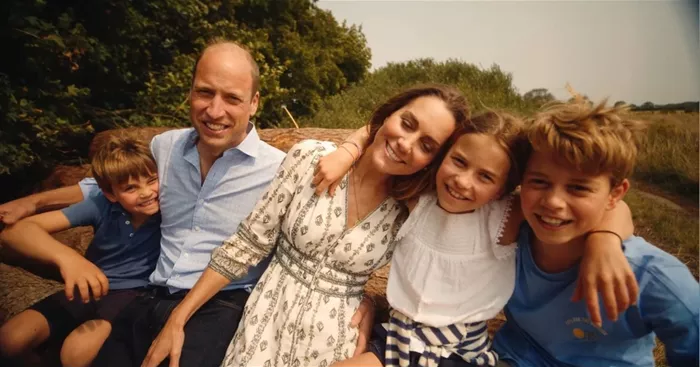Kensington Palace recently shared a significant update on Princess Catherine’s health journey. The Princess of Wales has completed a course of preventive chemotherapy, marking a hopeful milestone in her battle against an unspecified form of cancer. In a new video message, Princess Catherine expressed her determination to remain “cancer-free,” acknowledging that while her treatment phase has ended, the journey to full recovery continues.
The terms “cancer-free” and “remission” are often used interchangeably, but they have distinct medical meanings. To be considered “cancer-free,” no cancer cells should be detectable in the patient’s body with current testing methods. However, complete eradication of cancer cells is challenging to confirm since some cells might remain undetectable or dormant, potentially leading to a recurrence.
In contrast, “remission” means that cancer is not detectable with current tests, but it doesn’t guarantee that all cancer cells are gone. Remission can be a stage leading to being considered cancer-free after a certain period of continued absence of detectable cancer.
During remission, patients undergo regular surveillance testing to monitor for any signs of cancer recurrence. These tests vary based on the type of cancer and the patient’s overall health. For example, skin cancers might be visible to the naked eye, while internal cancers might require sophisticated technologies such as colonoscopies, mammograms, or CT scans. Molecular tests can also detect cancer at a cellular level using blood or tissue samples.
Surveillance typically continues for several years. The five-year mark is a significant milestone in many cancer journeys, as the risk of recurrence often decreases significantly after this period. Regular testing may become less frequent if the risk is considered low.
Survival statistics can offer a general idea of cancer outcomes. The five-year survival rate measures the proportion of patients alive five years post-diagnosis. For instance, the five-year survival rate for bowel cancer among Australian women is approximately 70%. This statistic helps clinicians gauge treatment effectiveness and guide patient care.
Recurrence rates vary by cancer type. For example, lung cancer has a 30% recurrence rate, while breast cancer recurrence within five years is about 10%. These figures highlight the importance of ongoing monitoring and the complexity of predicting cancer outcomes.
Princess Catherine’s focus on staying cancer-free involves a combination of medical vigilance and lifestyle adjustments. While certain risk factors like genetics and age are beyond control, environmental and lifestyle factors play a crucial role in cancer prevention. Reducing exposure to known carcinogens, maintaining a healthy diet, exercising regularly, and avoiding excessive alcohol consumption are key strategies.
Research suggests that over half of all cancers could be prevented through proactive measures like regular screenings and healthy living. These recommendations apply universally, not just to those in recovery.
Princess Catherine’s commitment to staying cancer-free is a reminder of the importance of both medical follow-up and personal health practices in the ongoing fight against cancer. Her journey offers valuable insights and encourages others to prioritize their health and well-being.
Related articles:
Overdiagnosis Of Prostate Cancer Contributes To Stark Differences In Incidence Across Europe
Catherine, Princess Of Wales: A Look At Her Courageous Fight Against Cancer
Breakthrough Nano-Plant Drug Developed For Aggressive Brain Cancer By China-Us Team


